Leach 100 Residency 2021
A two month Research and Development Residency + Exhibition at the Live/Work Anchor Studio, Newlyn, Cornwall. Selected as part of Leach Pottery centenary celebrations. Supported with funding from Leach Pottery, Porthmeor Studios, The Elephant Trust, The Anchor Trust and additional support provided by Northern Kilns and Potclays.
Work developed during the residency encompassed excavating wild clay, igneous rocks and found materials from coastal sites in South West Cornwall and testing their properties when exposed to heat and amalgamated with black clay. The work explored ideas of the changing architecture of the landscape, human intervention and assimilation in order to survive. During the residency Lancaster engaged with local individuals and groups on collaborative projects and opened up the studio to show work in progress. More info here

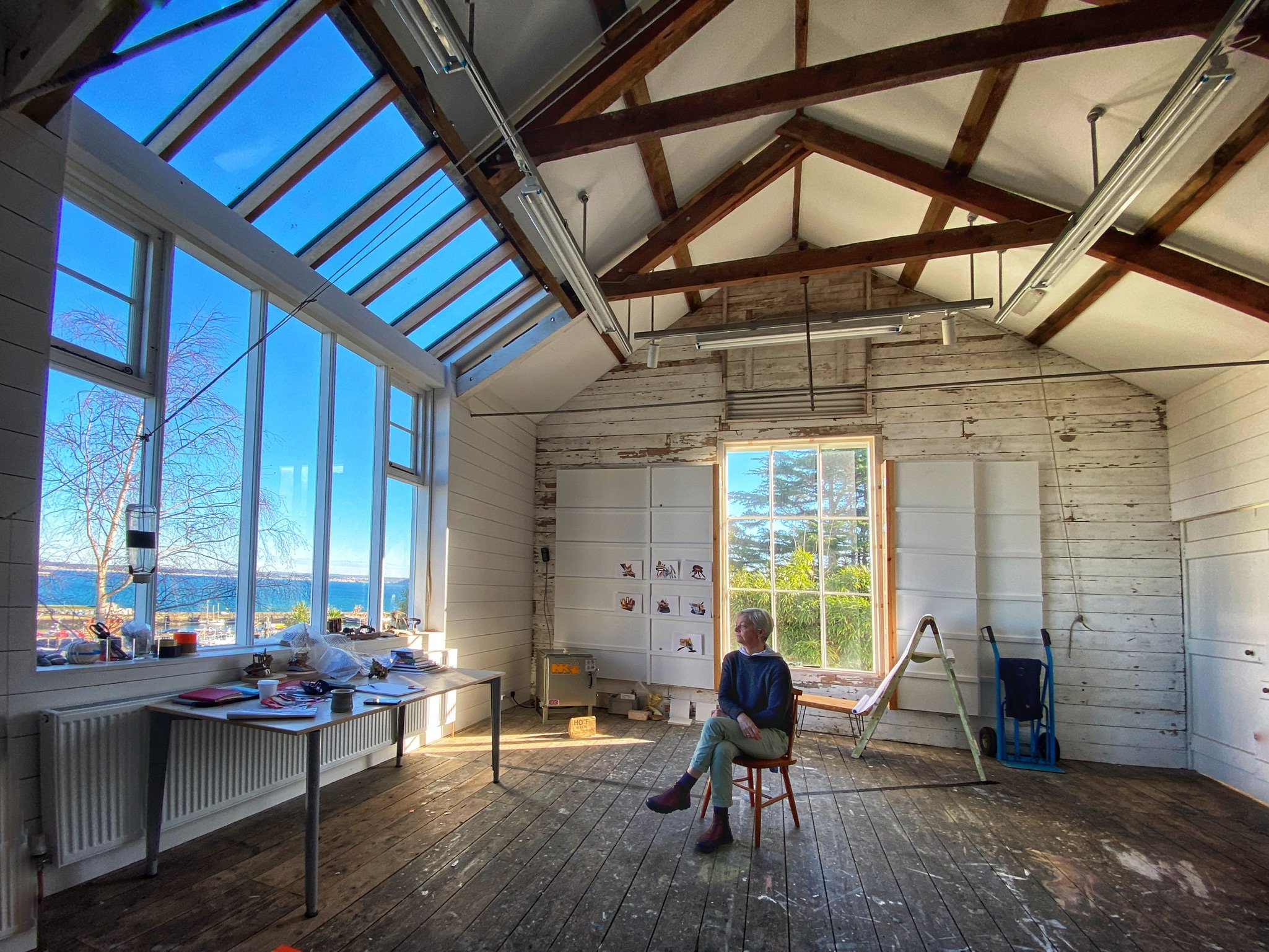



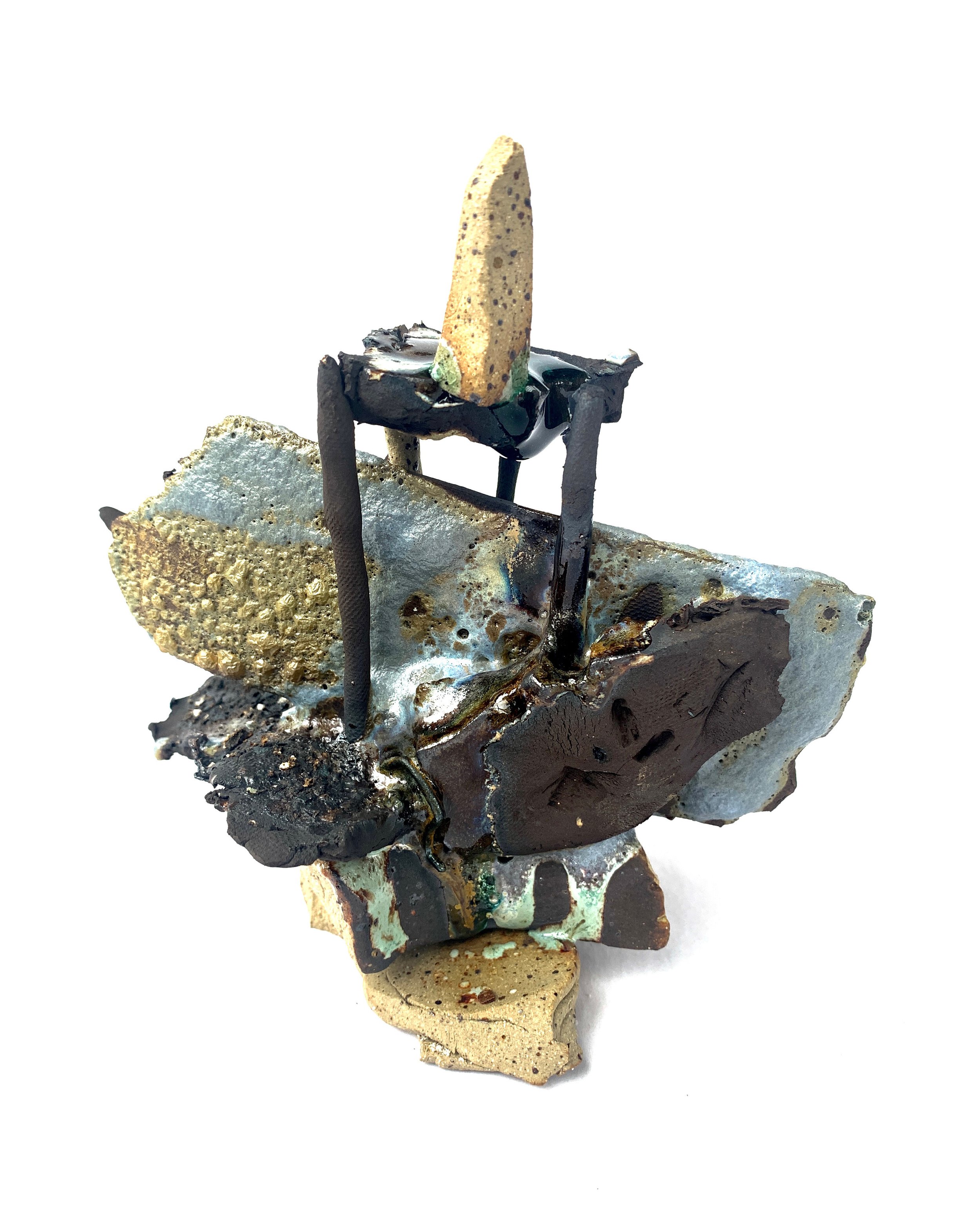

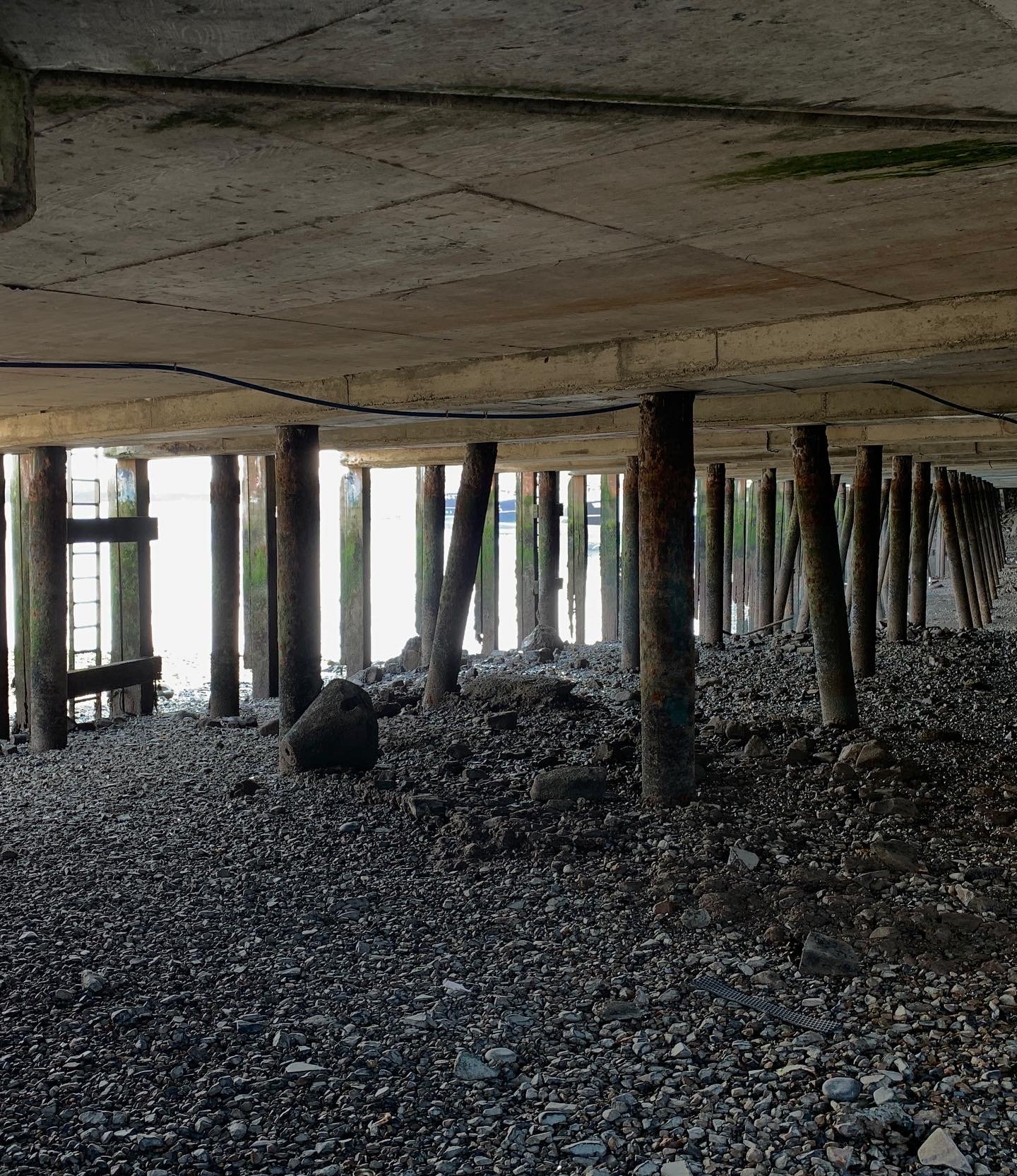
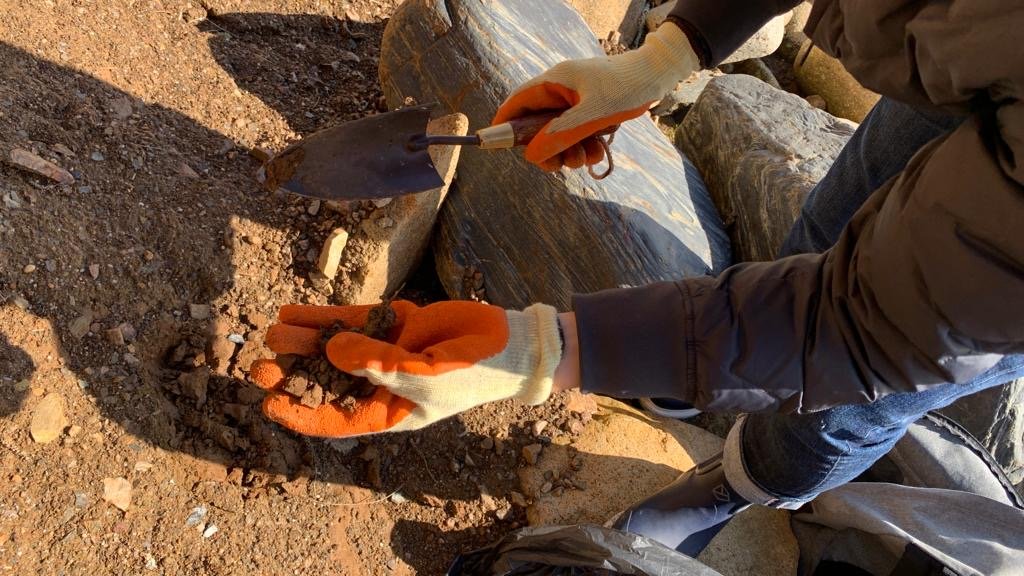
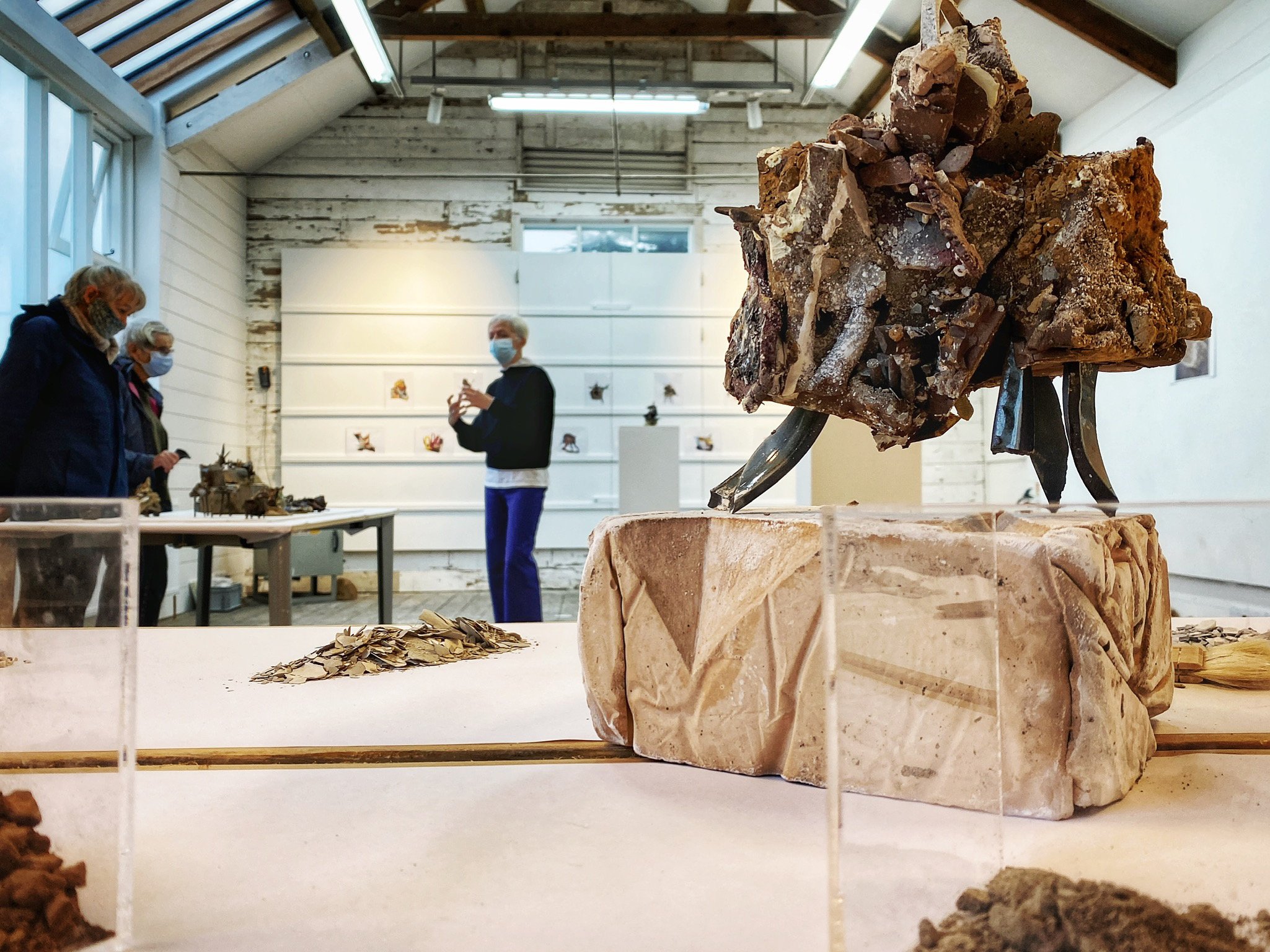
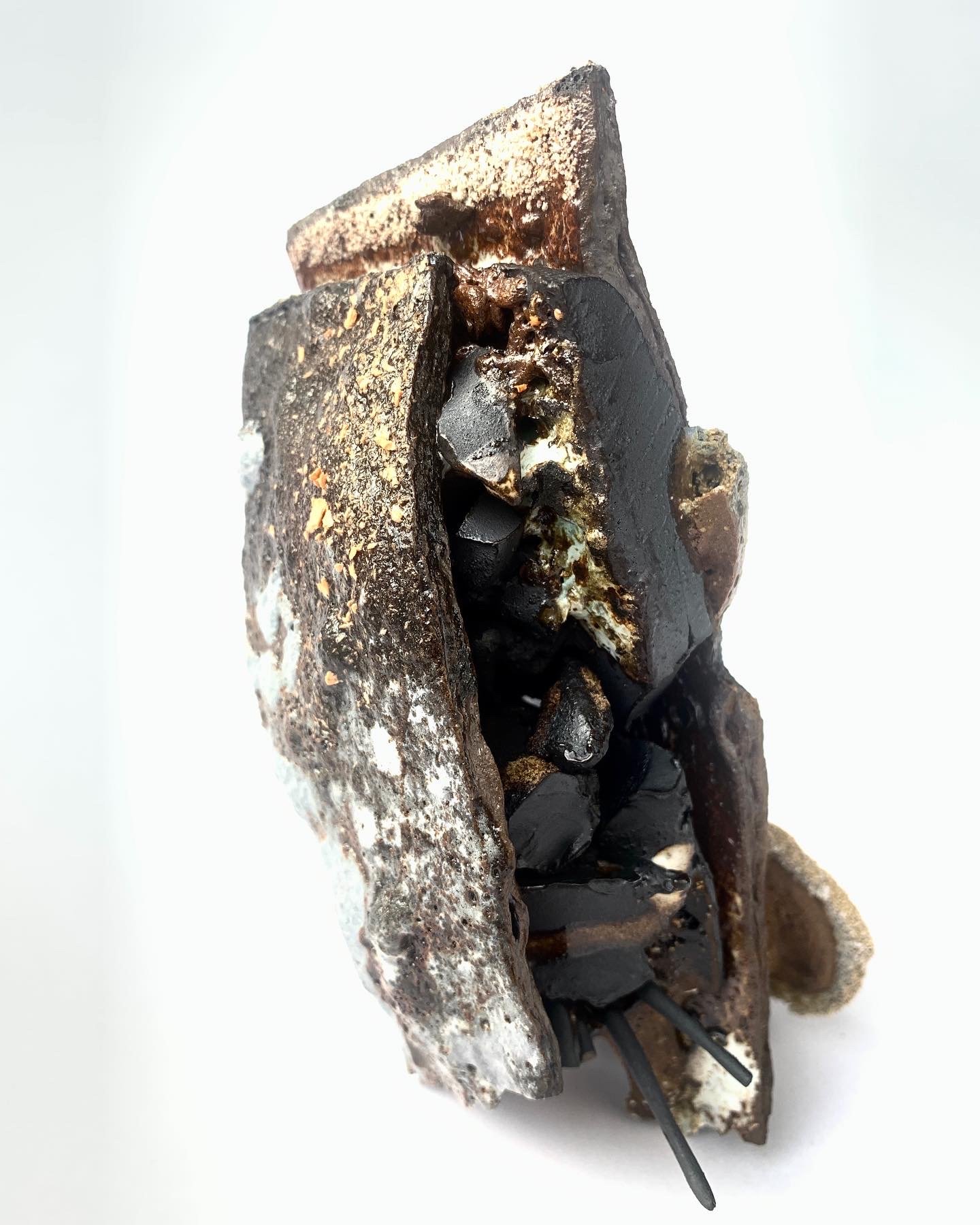



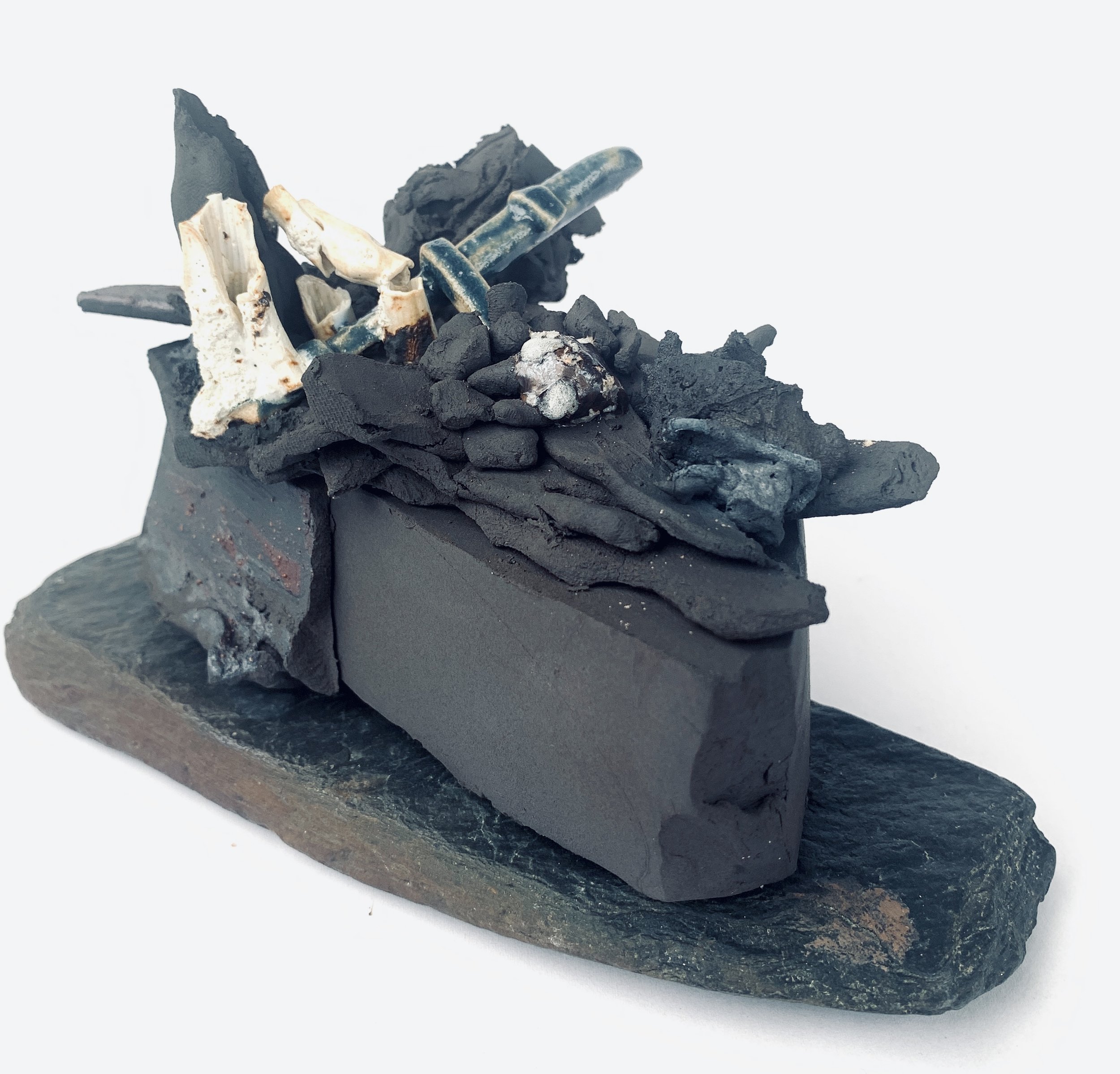

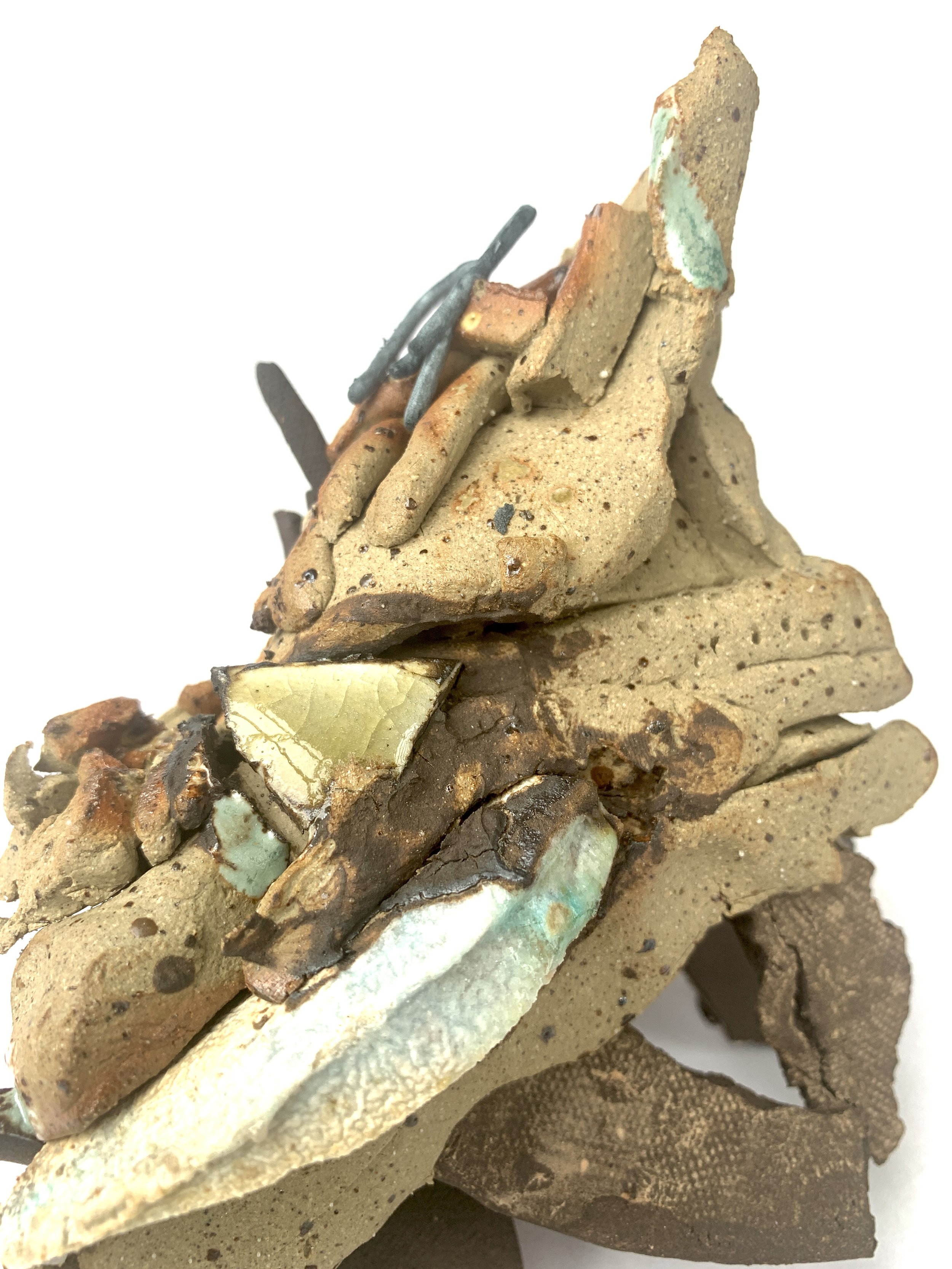
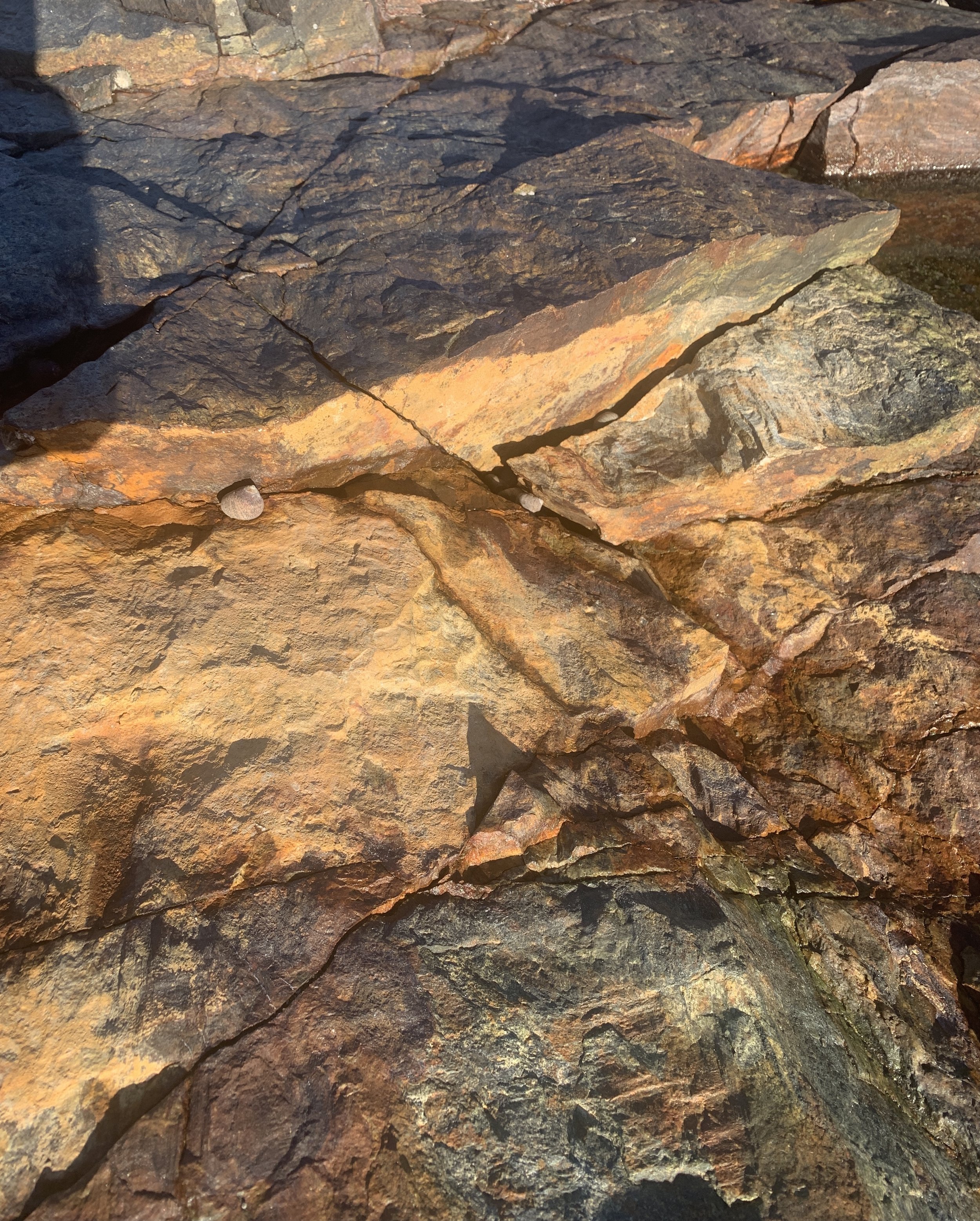
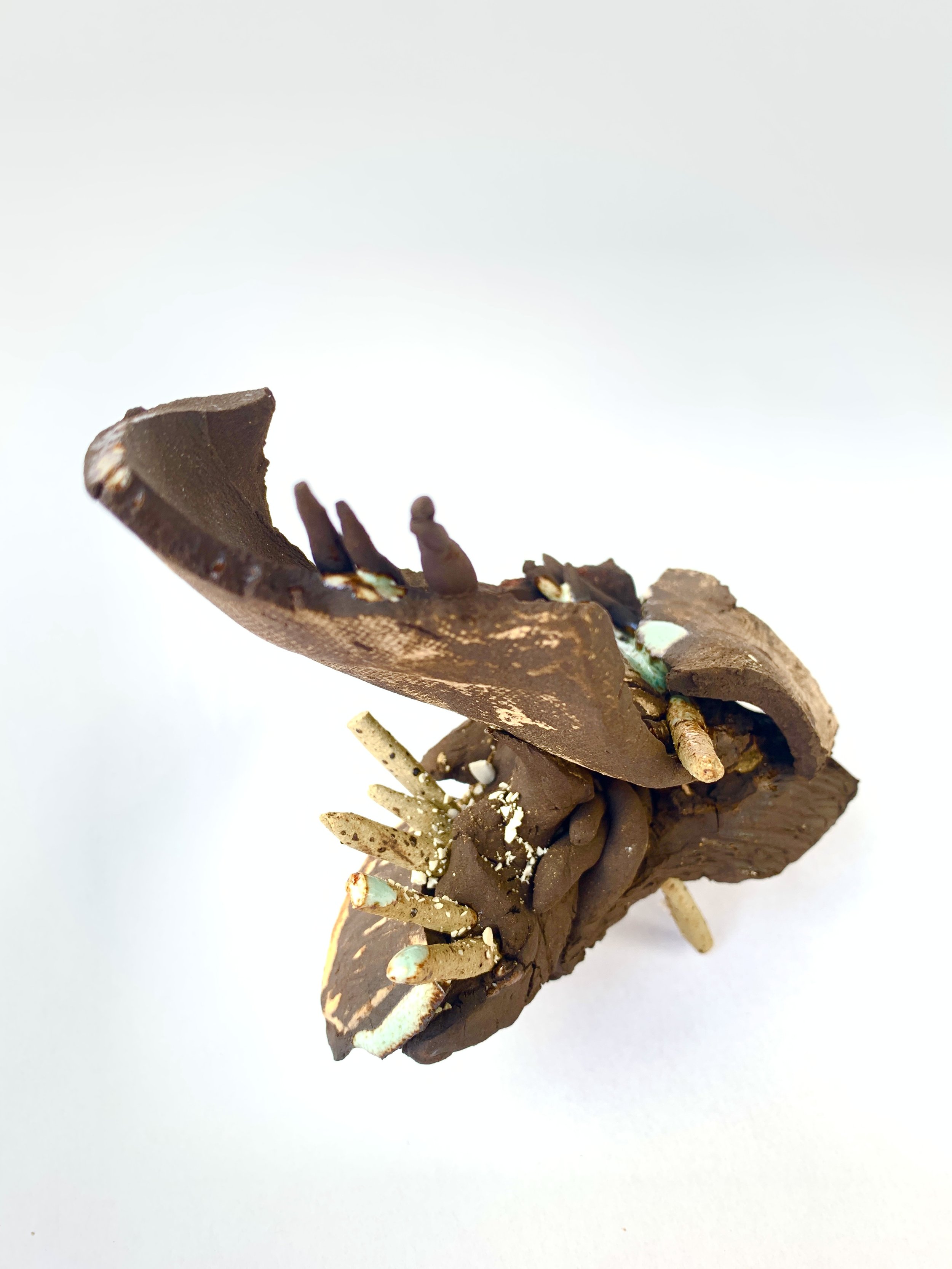

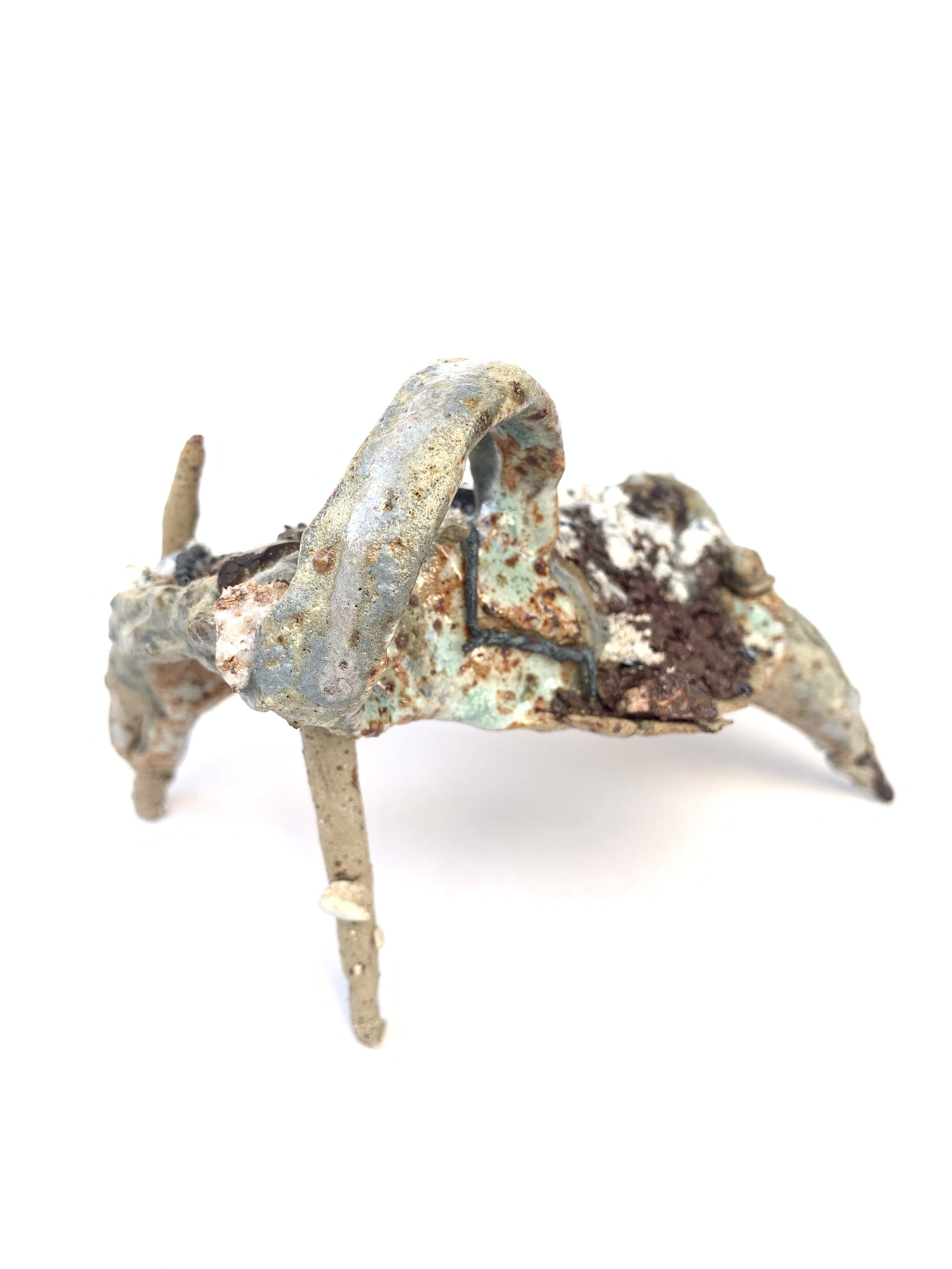


Resettling - Anchor Studio
Text by Michael Harris.
When I first walked into Julia Ellen-Lancaster’s Newlyn studio, Anchor Studio, built by foundation stones of the Newlyn school artists colony Elizabeth and Stanhope Forbes, I was, like generations before me, drawn to the enormous windows and their sumptuous views. Despite the staggering vistas, the azure bowl of Mounts Bay and the fairytale splendour of St Michael’s Mount, it was the group of small ceramic intrusions who had occupied the sills that intrigued me most.
Both familiar and utterly alien they looked as if they had made their own way inside. Some will have scuttled, others somehow thrown there by a raging sea. They had an uncanny quality, of something found rather than made, as if by the turn of each tide they had grown.
There are so many tangential reference points to Resettling, Julia’s Anchor Studio work, and yet they’re difficult to pin down. Some pieces could have been salvaged from a long sunken ship, encrusted with barnacles, pierced with coralline intrusions, appearing to be one frame away from wandering off, in the manner of a Ray Harryhausen scorpion. I knew how their little legs would sound as they moved.
Some appear excavated, born of the earth’s need to move and crush and compress. Their layered growth is stratified and archeological, a body proud of its history and entirely grounded in its sense of place. Built from foraged local clays and found materials their lineage is as Cornish as the view they keep sentry over.
For days the forms stayed with me, nagging away, they reminded me, they reminded me, but of what? And then one morning it came to me, caddisfly larvae! The larval stage of this extraordinary insect’s life is spent underwater where it uses a sticky silk secretion to build for itself an armour made of found materials, often using stone or organic matter. It’s protective, disruptive, transgressive camouflage appears simultaneously animal and mineral. Julia’s own living inanimate, in occupancy of a studio once home to John Wells’ abstracted birds who were also able to free themselves of their medium and fly.
Remarkably, Julia’s collage pieces, made during the same residency, come to life in the same way. Built with layers of texture and time they seem to transcend their 2D-ness and, like the rest of Resettling, have it in mind to move on.
Michael Harris is an independent Curator and Curator & Deputy Director at Penlee House Gallery & Museum, Penzance, Cornwall.